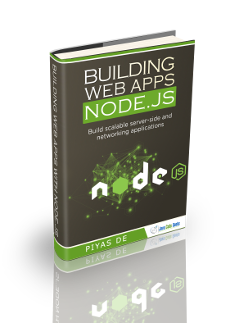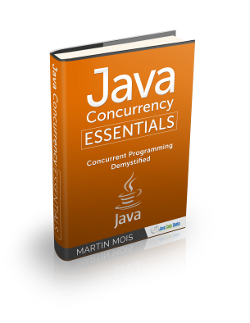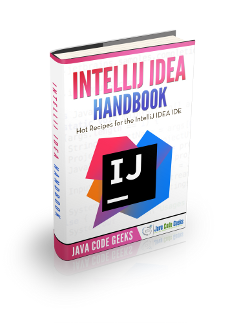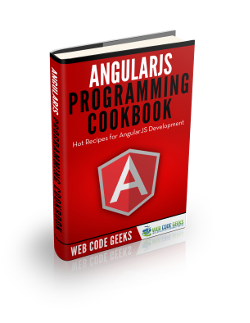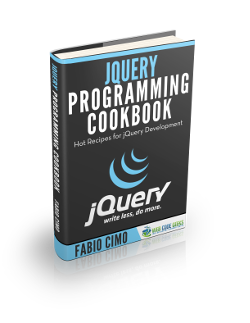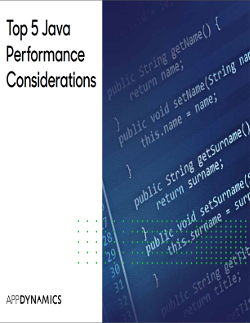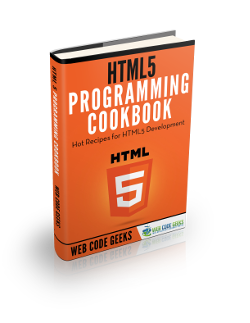Translate
Mostrando las entradas con la etiqueta Jquery. Mostrar todas las entradas
Mostrando las entradas con la etiqueta Jquery. Mostrar todas las entradas
sábado, 26 de enero de 2019
jueves, 20 de diciembre de 2018
70 libros gratuitos de javascript.

Ya que estoy recomendado libros quiero recomendarle este sitio donde pueden bajar varios libros sobre tecnologías que se utilizan en el front-end.
Dejo link: http://on.edupioneer.net/38ae0c8df8
domingo, 16 de septiembre de 2018
Libros gratuitos de Java code Geeks
|
| ||||||
|
|
sábado, 1 de julio de 2017
Que cursos de codeschool puedo hacer de forma gratuita?
Empezó las vacaciones por lo tanto esta bueno si hacemos un cursito, y si es cortito, mejor. Estos cursos gratuitos vienen al pelo:
Try C#
miércoles, 5 de agosto de 2015
Cursos gratuitos en codeschool
Me llego este mail de codeschool y me pareció interesante compartirlo, como pueden ver hay cursos para todos los gustos y gratis!
 |
| |||||
| |||||
| |||||
| |||||
| |||||
| |||||
| |||||
| |||||
| |||||
| |||||
| |||||
| |||||
|
lunes, 29 de diciembre de 2014
Codecademy en español
Como lo oyes codecademy ahora tiene cursos en español, la pagina indica la siguiente leyenda: "Aprendé los conceptos y la sintaxis de los lenguajes de programación más conocidos"
Esto es genial, podes tomar cursos de Ruby, Python, HTML, JQuery, Javascript y PHP; de forma gratuita y en castellano, que más queres?
A estudiar!!!
Dejo el link:
http://www.codecademy.com/es/learn
Suscribirse a:
Comentarios (Atom)

